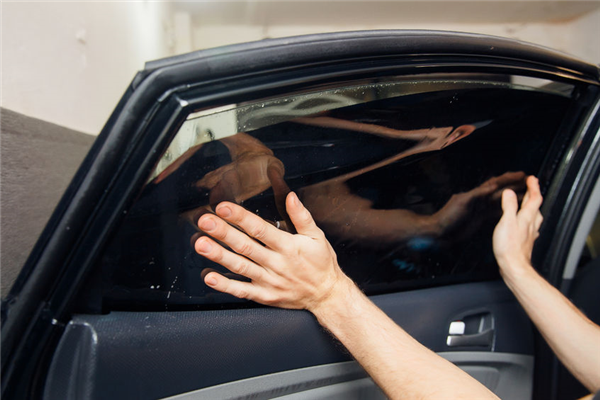Ceramic window tint Vs Mirror tint
Ceramic window tint and mirror tint are two different types of window films that can be applied to the windows of a car, home or office building for various purposes.
Ceramic window tint is a type of window film that is made of ceramic particles that are non:
metallic and non-conductive. window tint This type of tint is known for its ability to block out a significant amount of heat and UV rays while still allowing visible light to pass through.
Ceramic window tint is also more durable and long-lasting than other types of window tints, as it is less likely to fade, peel, or bubble.
On the other hand, mirror tint:
also known as reflective tint, is a type of window film that is highly reflective and has a mirrored appearance from the outside.
This type of tint is designed to provide privacy and reduce the amount of visible light that enters a space. However, mirror tint is not as effective as ceramic tint in blocking heat and UV rays, and it may also be less durable over time.
Ultimately, the choice between ceramic window tint and mirror tint:
will depend on your specific needs and preferences. If you are looking for a window tint that will provide significant heat and UV protection and long-lasting durability,
then ceramic window tint may be the best option. However, if you are more concerned with privacy and reducing the amount of visible light that enters a space, then mirror tint may be more suitable.
Ceramic window tint:
Ceramic window tint is a type of automotive window film that is made using ceramic nanoparticles. This type of.
window tinting film is becoming increasingly popular due to its superior heat rejection properties and optical clarity.
Unlike traditional window tinting films which use dyes or metals to block sunlight and heat:
ceramic window tinting films use advanced nanotechnology to selectively filter out infrared radiation and ultraviolet rays while allowing visible light to pass through.
This means that cars with ceramic window tinting can stay cooler in hot weather without compromising visibility.
Ceramic window tinting also has several other benefits, including reduced glare:
increased privacy, and protection from fading and damage to the car's interior. Additionally, ceramic window tinting is more durable and longer-lasting than other types of window tinting films, making it a great investment for car owners.
Overall, if you are looking for a high-quality window tinting film that provides superior heat rejection and optical clarity, ceramic window tinting is definitely worth considering.
What is a ceramic tint?
Ceramic tint refers to a type of window film that is used to reduce the amount of heat and glare that enters a building or vehicle.
This type of tint is made from a material that contains ceramic particles, which allow it to block out a greater percentage of the sun's heat and UV rays than traditional window films.
Ceramic tints are often used in homes, commercial buildings:
and vehicles to improve energy efficiency and reduce the strain on air conditioning systems. They can also help.
lasting, as they are less prone to fading or discoloration over time. They also tend to be more expensive than.
traditional window films, but their superior performance and longevity often make them a worthwhile investment.
Reflective tint VS Ceramic tint:
Both reflective tint and ceramic tint are popular choices for car window tinting, but they have different properties and benefits.
Reflective tint, also known as metalized tint:
contains a thin layer of metal that reflects the sun's rays, which helps to reduce heat and glare. It is usually less expensive than ceramic tint and can be effective at reducing the amount of heat entering a vehicle.
However, there are some downsides to reflective tint:
It can interfere with radio signals, including cell phone signals and GPS signals, which can be frustrating for drivers.
Additionally, some states have restrictions on the amount of reflective tint that can be used on car windows.
Ceramic tint, on the other hand, is made of a non-metallic:
nano-ceramic particle film that provides superior heat and UV ray rejection. It doesn't interfere with radio signals,
and it can also be more durable and longer-lasting than reflective tint. Ceramic tint can also provide a higher level of privacy and reduce the amount of visible light entering the vehicle.
The main disadvantage of ceramic tint is that it is usually more expensive than reflective tint:
However, for those who are looking for window tinting the best possible performance and durability, ceramic tint may be the better choice.
In summary, while reflective tint can be an affordable option that reduces heat and glare:
ceramic tint provides superior performance and durability, without the potential drawbacks of reflective tint.

Comments
Post a Comment